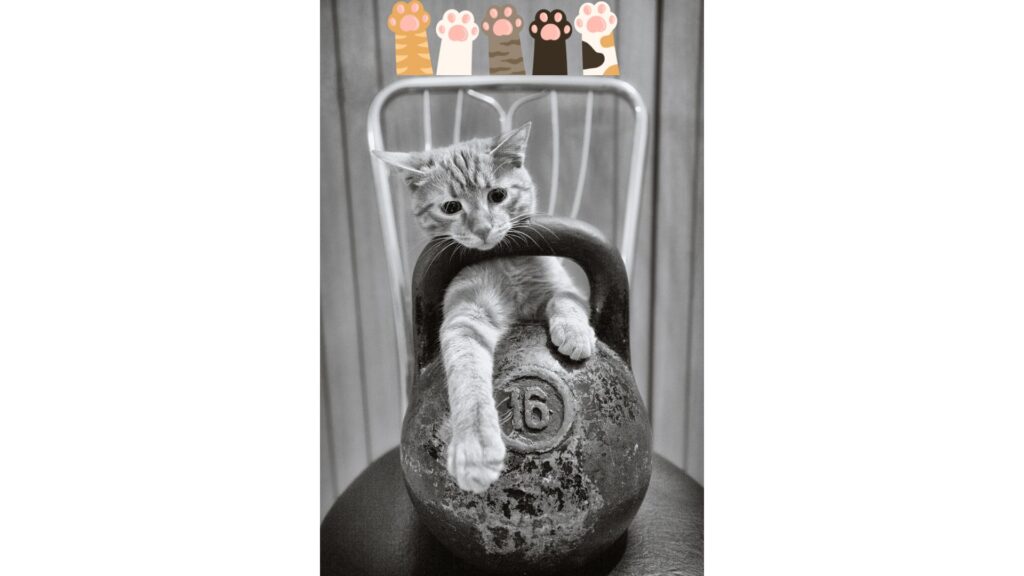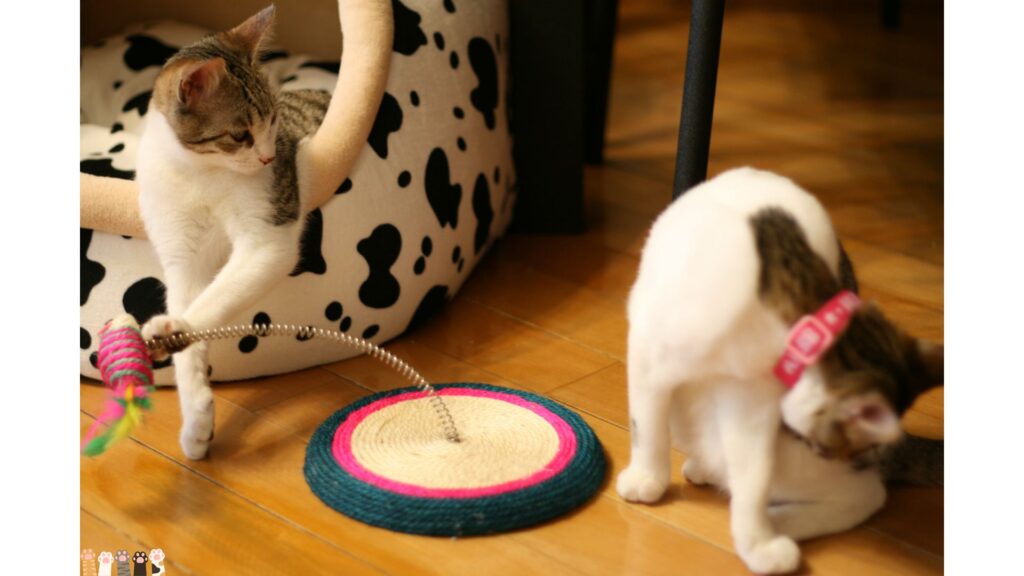Training a cat might not seem as straightforward as training a dog, but with the right techniques and a bit of patience, you can teach your feline friend a variety of commands and tricks. Not only is training your cat possible, but it also strengthens the bond between you and your feline, and can even improve their well-being. In this guide, we’ll walk you through essential cat training tips to get you and your furry friend started on this enriching journey together.

Why Train Your Cat?
Before diving into the training tips, let’s explore why training your cat can be beneficial. Unlike the common misconception, training is not just for dogs. Cats are intelligent creatures that enjoy mental stimulation and challenges. Training helps:
Reduce behavioral issues
Enhance safety
Strengthen the human-cat bond
Keep their mind sharp and body healthy
Essential Cat Training Tips
- Understand Your Cat’s Motivation
Cats are not as motivated by praise as dogs, so it’s crucial to find the right incentive. Most cats are food-driven, so treats can be an excellent motivator. However, the key is moderation. Too many treats can lead to obesity. Find a healthy, high-value treat your cat loves. - Start with Basic Commands
Begin with simple commands like “come,” “sit,” or “stay.” Use a clear, consistent command and pair it with a gesture. Every time your cat executes the command correctly, reward them immediately. This reinforces the behavior and makes learning a positive experience.

- Keep Training Sessions Short
Cats have short attention spans, so it’s important to keep training sessions short and sweet. Aim for 5-10 minutes a day. It’s better to have several short sessions throughout the day than one long, frustrating session for both of you. - Be Patient and Consistent
Patience is key when training a cat. Unlike dogs, cats may not respond to training right away. Be persistent and maintain consistency in your commands and rewards. Eventually, your cat will start to understand what you’re asking of them. - Use a Clicker for Positive Reinforcement
A clicker can be a powerful tool for cat training. The click sound helps mark the specific moment your cat did something right, followed immediately by a treat. This precise form of communication can significantly speed up the learning process. - Address Unwanted Behavior Positively
Instead of punishment, which can lead to fear and anxiety, redirect unwanted behavior. For example, if your cat scratches the furniture, provide a scratching post and encourage its use with treats and positive reinforcement. - Train for the Carrier and Vet Visits
Many cats despise their carrier and vet visits. Make these experiences less stressful by training your cat to be comfortable with their carrier. Leave it open in the house with a comfy bed inside. Regularly place treats in it to encourage exploration and create a positive association.

Wrap Up
Training your cat can be a rewarding experience that strengthens your bond and contributes to their overall well-being. Remember, patience, consistency, and understanding your cat’s motivations are key. With these tips, you’ll be well on your way to having a well-trained feline companion.
By investing time in training your cat, you’re not only enhancing their quality of life but also deepening the connection you share. Start small, celebrate the victories, and enjoy the process. Happy training!



